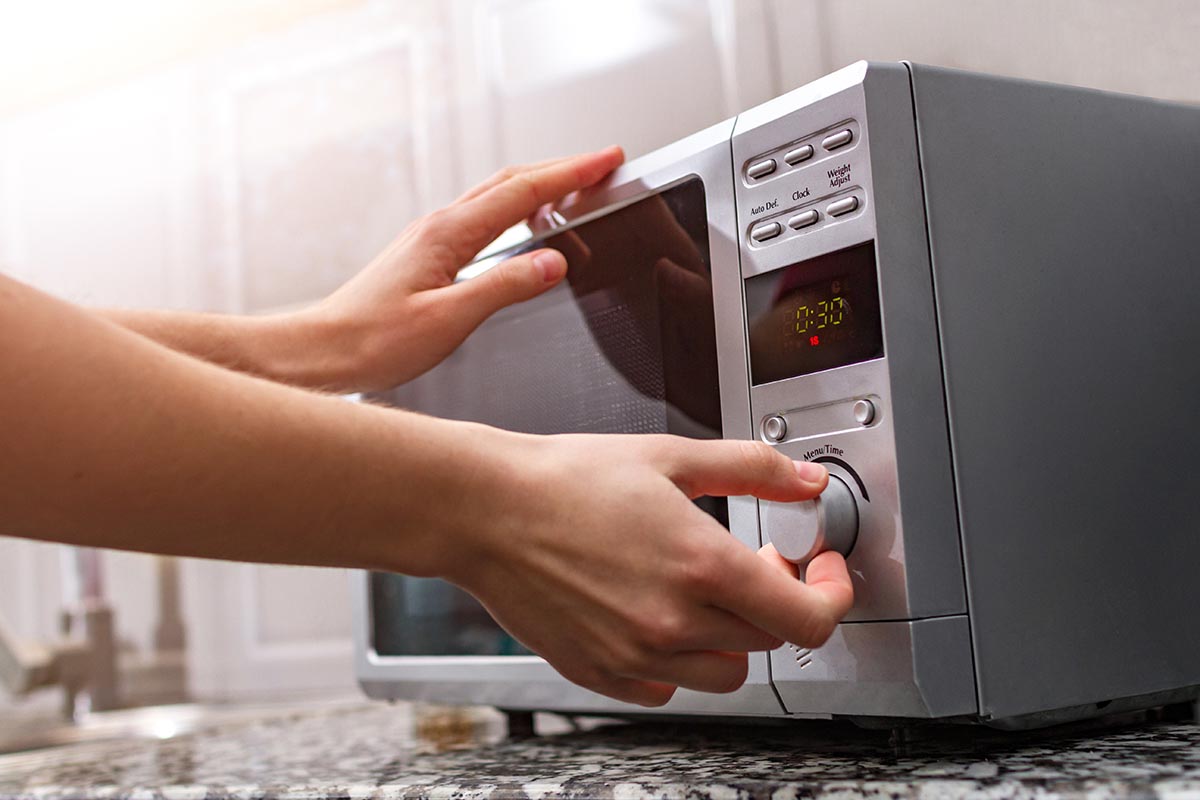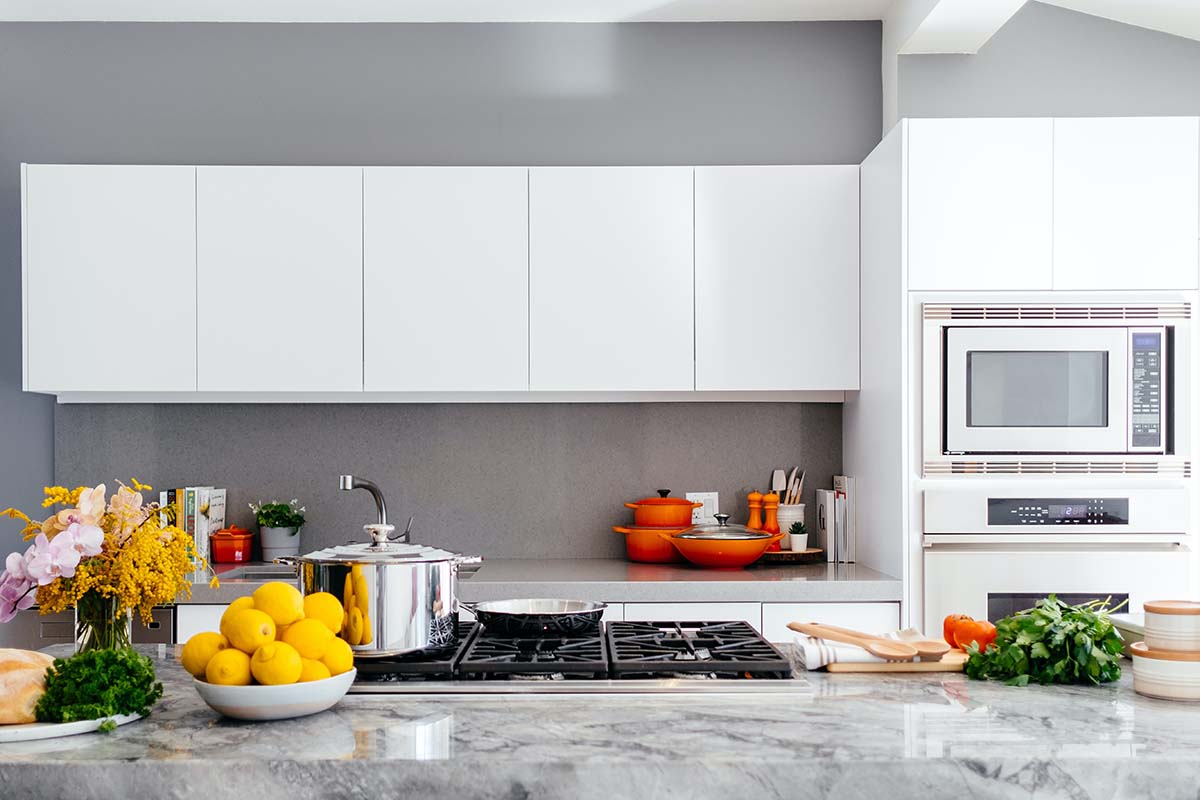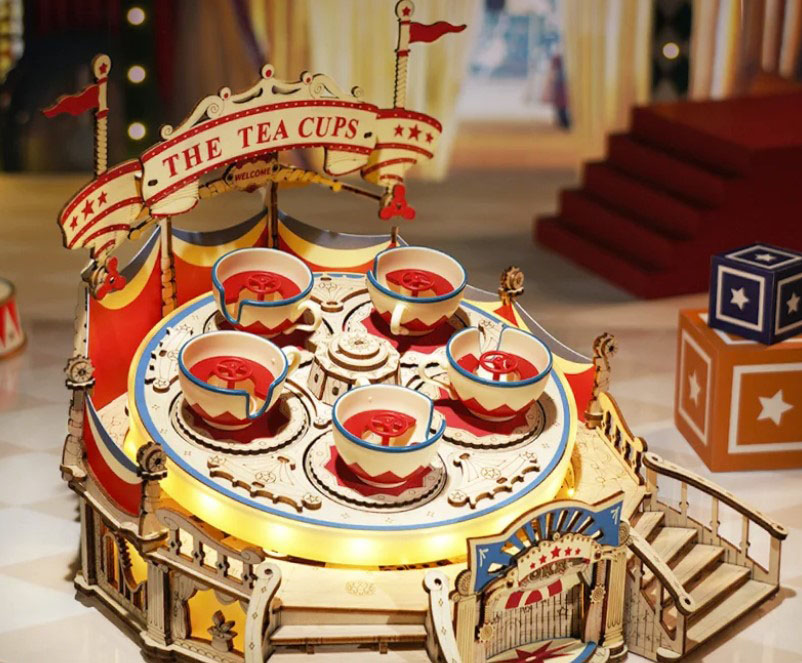Microwave Facts You Likely Haven’t Heard About
There are so many things you probably didn’t know about microwaves. You might have heard that microwaves are bad for your health, but did you know they can also make your food less nutritious? Microwave ovens heat your food with radio waves which destroy some of your food’s nutrients and vitamins. In addition, microwaves can also create dangerous chemicals in your food. So what are some other interesting microwave facts? Read on to find out!
The Microwave Spectrum
You probably know that microwaves are a type of electromagnetic radiation. But what you might not know is that microwaves are a part of the electromagnetic spectrum. The electromagnetic spectrum is made up of all types of electromagnetic radiation, from X-rays to gamma rays, ultraviolet radiation, visible light, infrared radiation, and finally microwaves.
Knowing about the different Microwave Frequency Bands can help you better understand how these small appliances work. Additionally, it’s good to know that the microwave spectrum is non-ionizing. This means that it doesn’t have enough energy to remove electrons from atoms, which is how ionizing radiation works.
Spills in the Microwave are Harder to Clean than you Think
Have you ever had a spill in your microwave? If so, you probably noticed that it’s not always easy to clean up. Microwaves can be pretty difficult to clean. This is because the spills tend to dry quickly and become hard to remove. Additionally, food particles can get trapped in the nooks and crannies of the microwave, making them even harder to clean. If you do have a spill in your microwave, be sure to clean it up as soon as possible. Also, try to avoid microwaving food that is likely to splatter, such as soup or pasta sauce.
Tips for Cleaning The Microwave
Use a solution of 50% water and 50% vinegar. Put it in a bowl or a cup with a handle so you can easily take it in and out of the microwave. Place the bowl in the middle of the oven and run it on high for 5 minutes. The steam will soften up any caked-on food and the vinegar will disinfectant and remove any lingering smells. Let it sit for another minute then open the door and wipe down the inside with a damp sponge.
- If you don’t like the smell of vinegar, you can also use lemon juice or essential oils. Just make sure to use a non-reactive container like glass or ceramic.
- For really tough stains, you can make a paste out of baking soda and water. Apply it to the stain and let it sit for a few minutes before wiping it off with a damp sponge.
- To clean the outside of the microwave, use a solution of equal parts water and vinegar or an all-purpose cleaner. Wipe down the exterior with a damp cloth, then dry it with a clean towel.
- Make sure to unplug the microwave before cleaning it.
- Wipe down the inside of the door, paying special attention to the rubber seal. If there is food build-up here, it can cause problems with the door closing properly.
- Use a toothbrush or other small brush to clean hard-to-reach areas like the vent fan or keypad.
Microwaves can be used to Cook food… or Kill bacteria
One interesting fact about microwaves is that they can be used to cook food or kill bacteria. When microwaves are used to cook food, they work by heating the water molecules in the food. This process is called dielectric heating. On the other hand, when microwaves are used to kill bacteria, they work by causing the bacteria’s cell membranes to rupture.
This process is called cavitation. Cavitation can also occur when microwaves are used to cook food, but it is less likely to happen because the water molecules in the food absorb most of the energy from the microwaves
Microwave Ovens can be harmful to your health
Microwave ovens can be harmful to your health if they are not used properly. For example, if you stand too close to a microwave oven while it is running, you can be exposed to microwaves. Additionally, if you put metal in a microwave oven, sparks can fly and you can be burned. Finally, if you heat food in a plastic container in the microwave, chemicals can leach out of the plastic and into the food. So it’s important to be careful when using microwave ovens. Additionally, it’s a good idea to invest in an oven cover so you can avoid exposure to microwaves.
Microwaves Are Great for Defrosting If Used Properly
Microwaves are great for defrosting food. However, if you don’t use them properly, you can end up with soggy or overcooked food. When defrosting meat in the microwave, be sure to cook it immediately after thawing. Otherwise, bacteria can grow and make you sick. Additionally, when defrosting food in the microwave, be sure to use the “defrost” setting. This setting will help prevent your food from overcooking.
Unusual Ways To Use The Microwave
One interesting way to use microwaves is to dry flowers. To do this, put the flowers in a microwave-safe container and place them in the oven on the “defrost” setting. Check on the flowers every few minutes and remove them from the oven when they are dry. Additionally, you can use the microwave to dry herbs.
To do this, put the herbs in a microwave-safe container and place them in the oven on the “high” setting. Check on the herbs every few minutes and remove them from the oven when they are dry. Another interesting way to use microwaves is to make soap. To do this, melt the soap in a microwave-safe container on the “low” setting. Once the soap is melted, add essential oils and coloring if desired. Pour the soap into molds and let it cool. Once it’s cooled, you can use it just like any other bar of soap.
When it comes to your health, it’s also important to note that microwaves can be beneficial. For example, microwaves can be used to kill bacteria. Additionally, microwaves can be used to cook food more evenly, which can help to preserve nutrients. So, be sure to use them safely and correctly to avoid any potential health hazards.




















